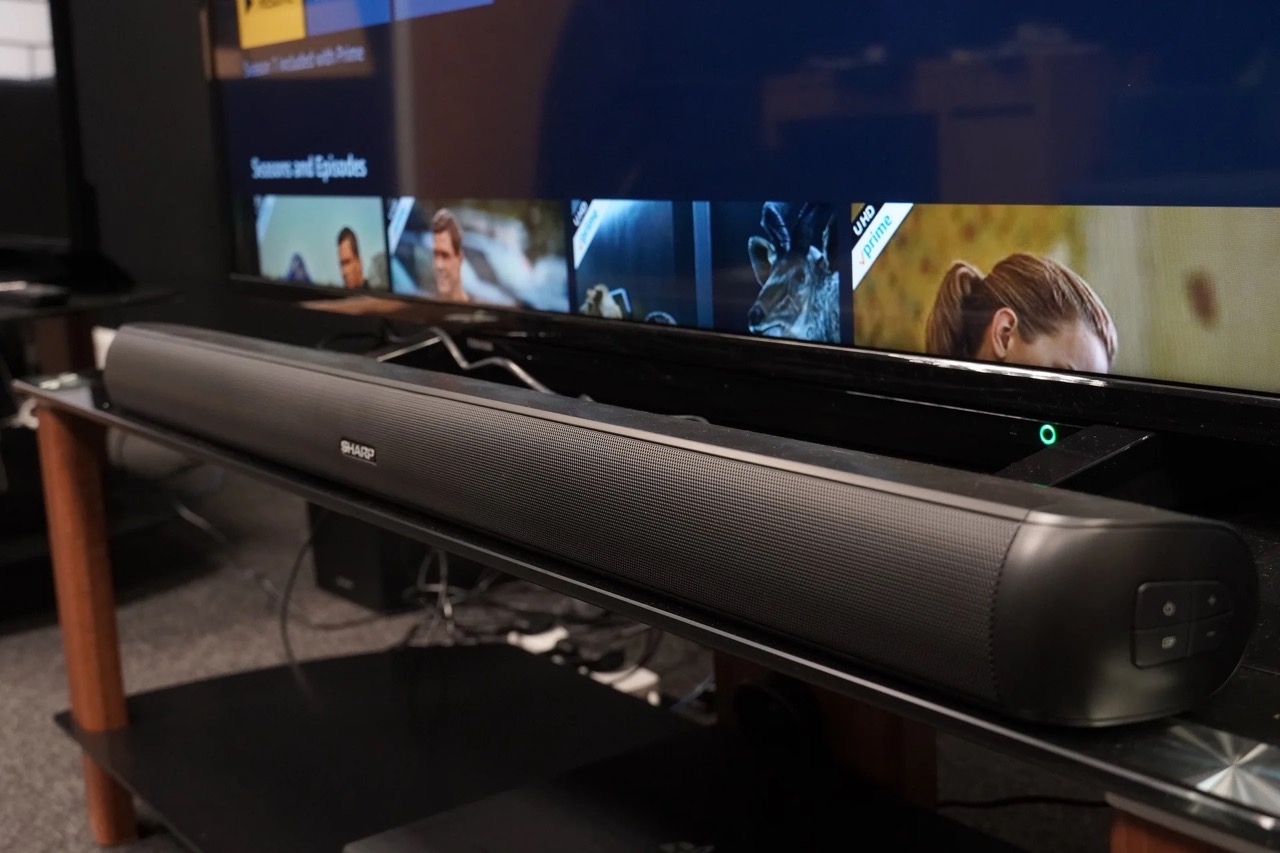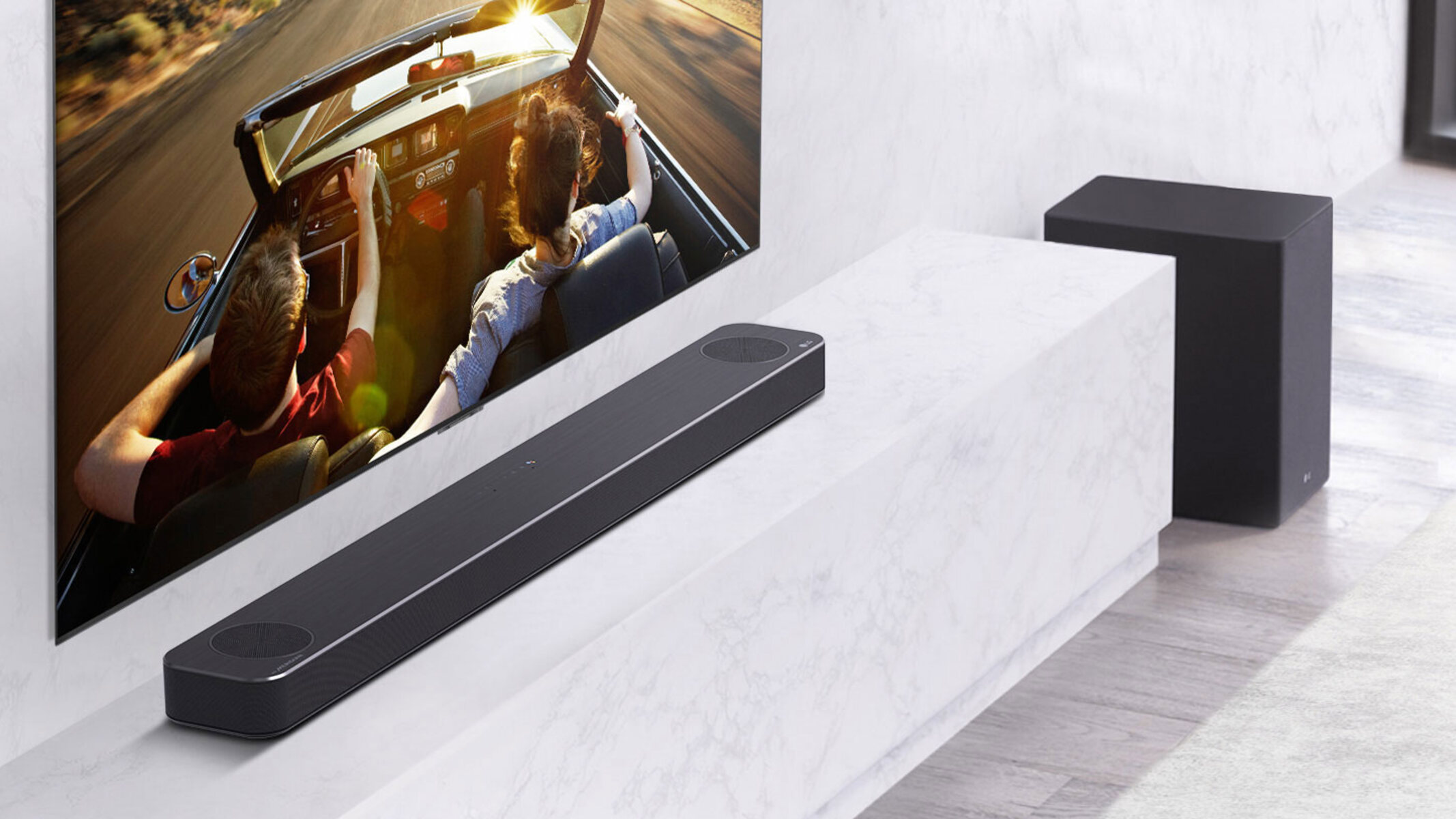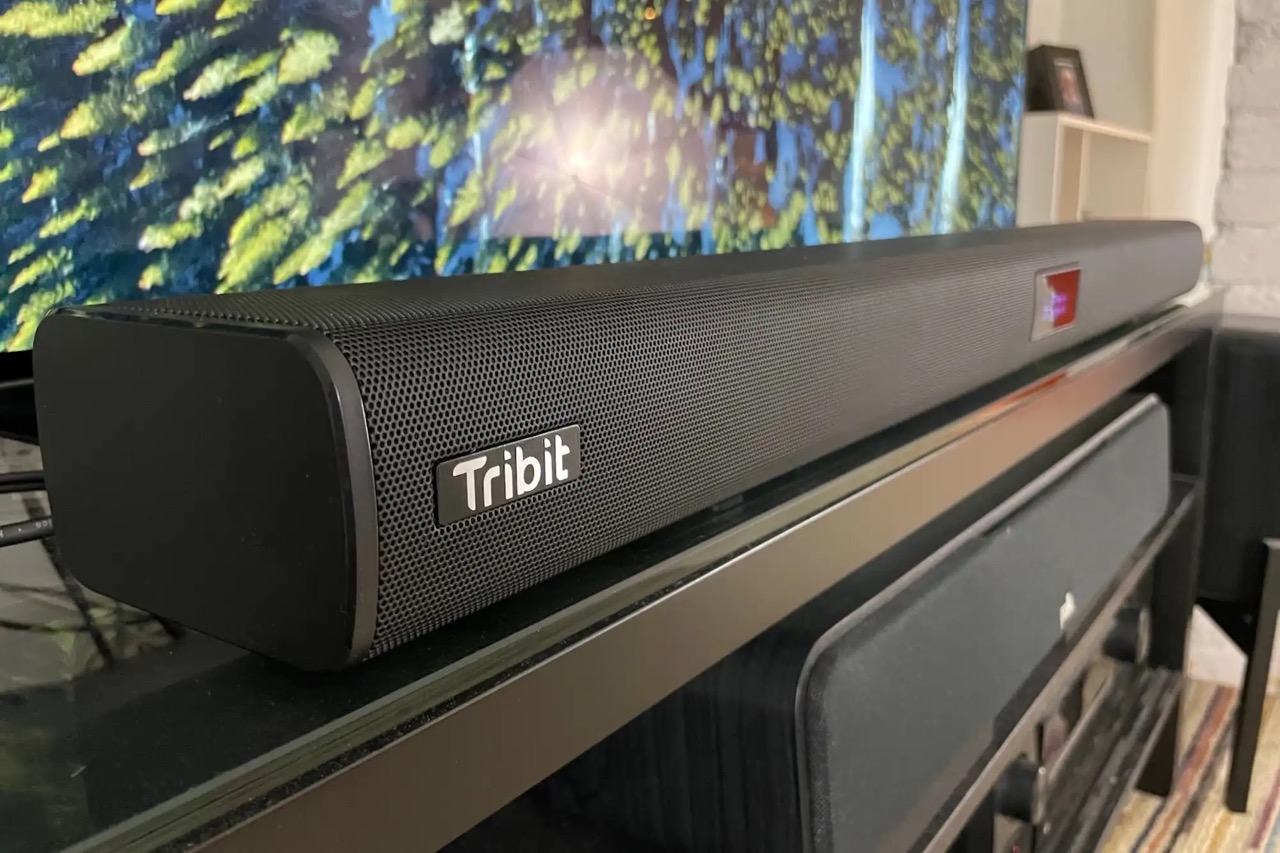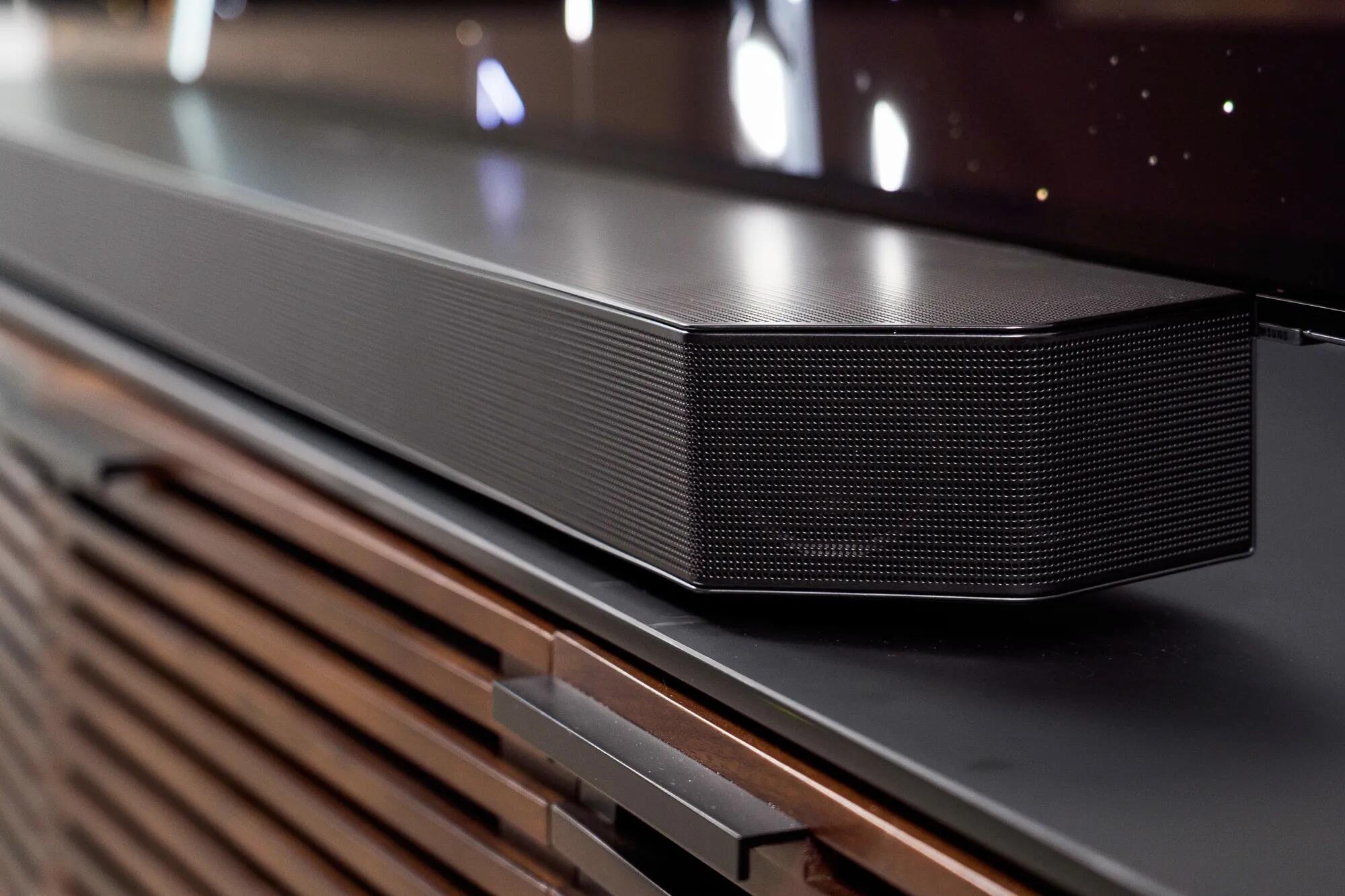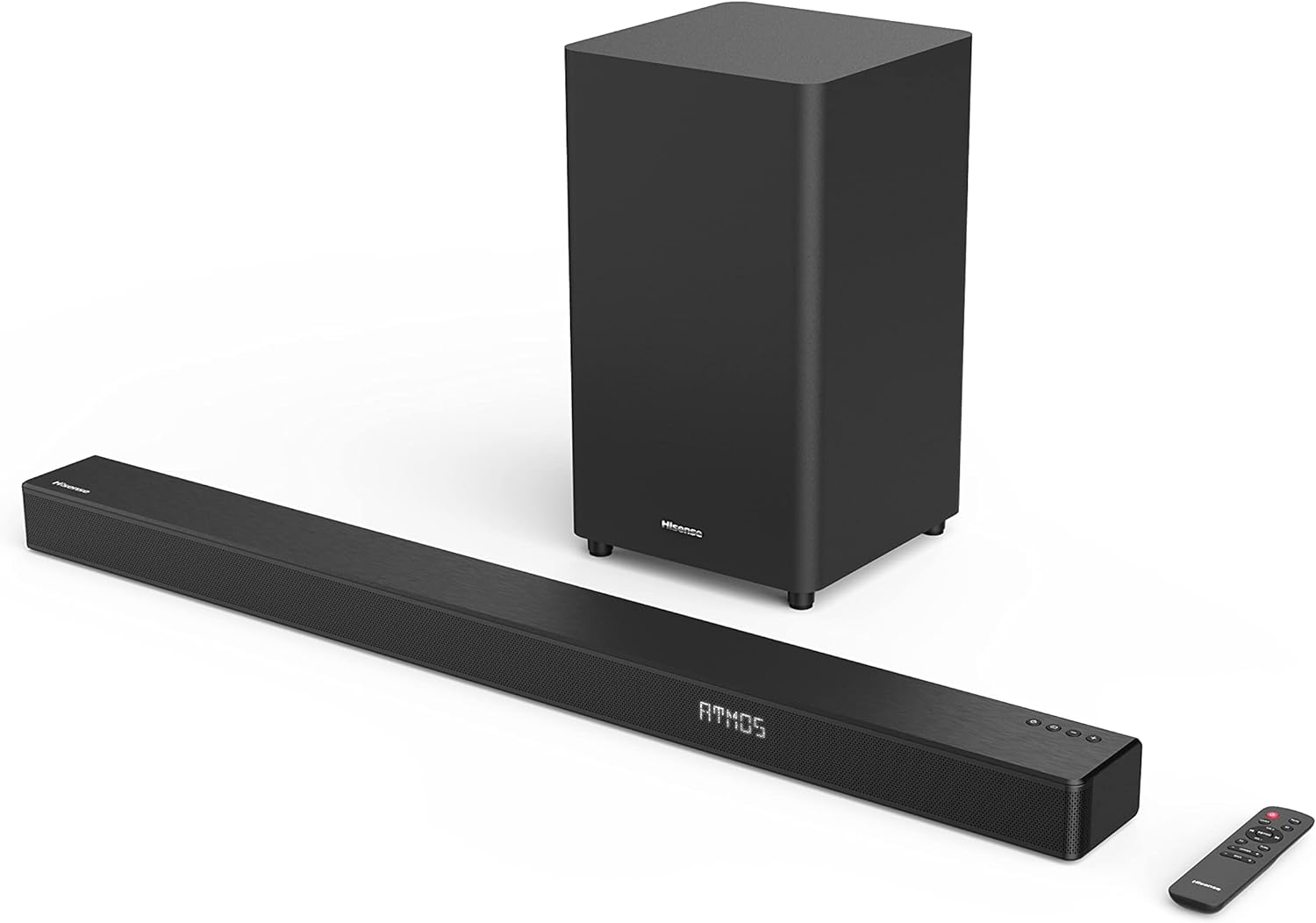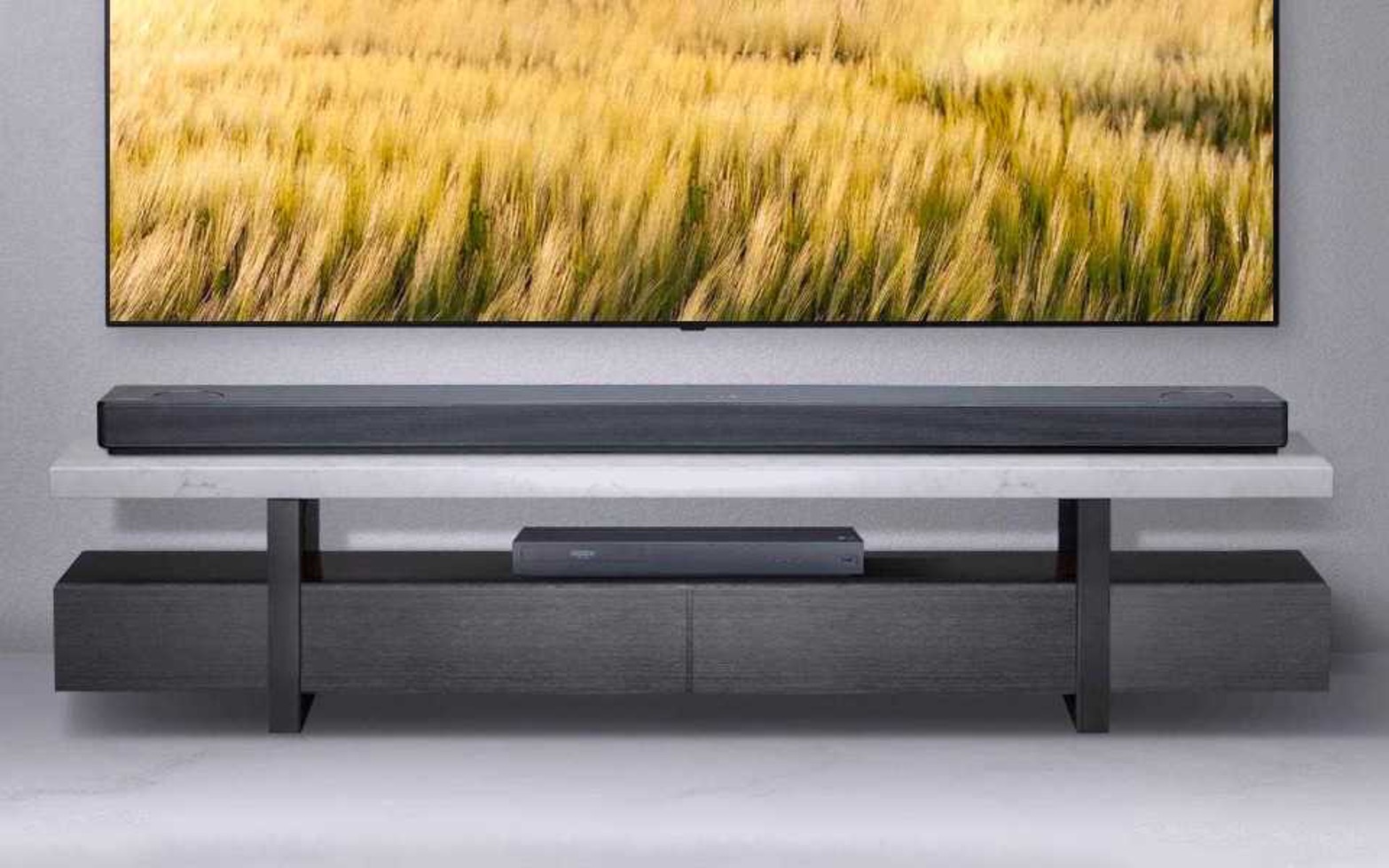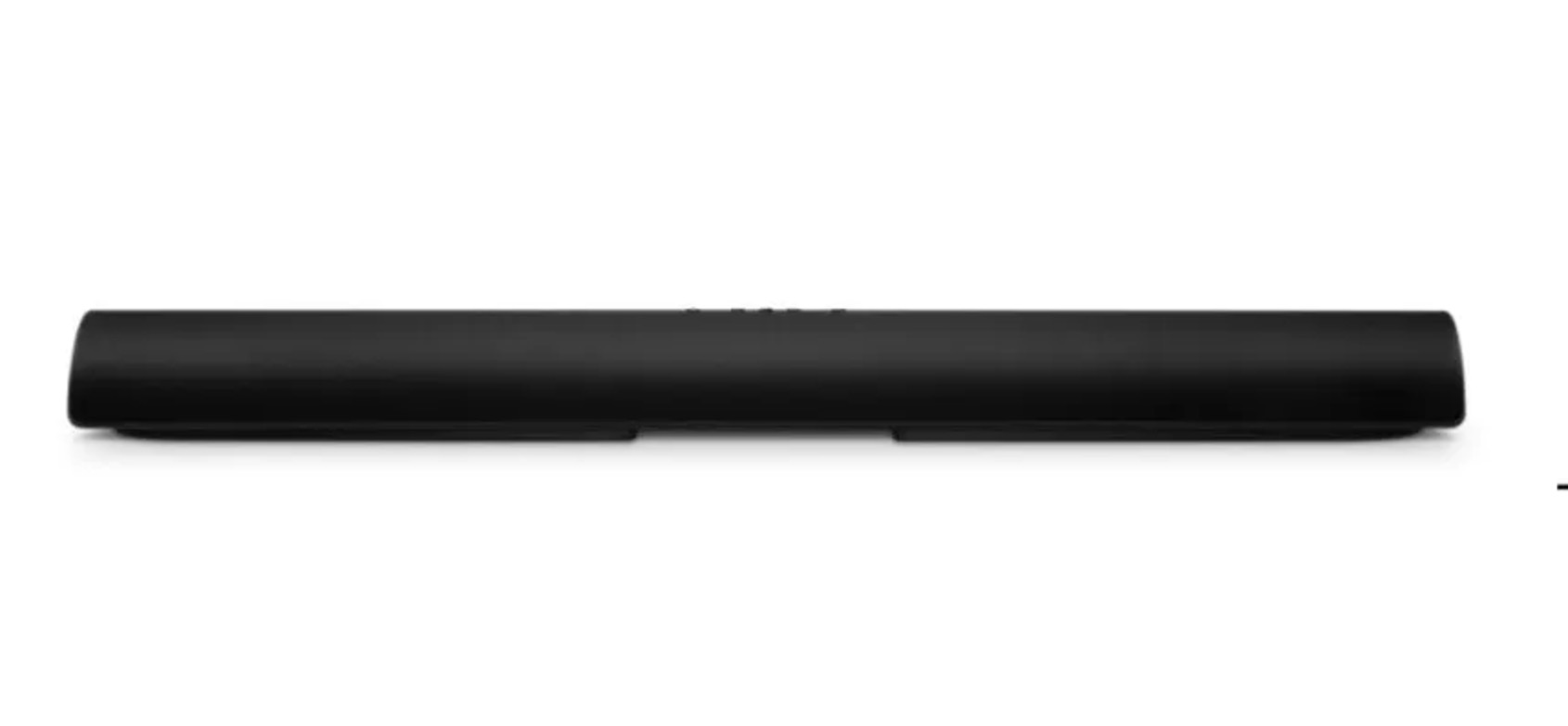Introduction
A soundbar is an essential component of any home theater system, enhancing the audio quality and creating an immersive experience. When choosing a soundbar, you may come across terms like “3.1 channel” or “5.1 channel.” These numbers refer to the number of audio channels supported by the soundbar, and understanding what they mean can help you make an informed decision.
In this article, we will focus on the concept of a 3.1 channel soundbar. We will explore what this specification entails, how it differs from other channel configurations, and the benefits and drawbacks of opting for a soundbar with this channel setup.
Whether you’re a casual listener or a dedicated audiophile, having a clear understanding of the technical aspects of audio systems can greatly enhance your entertainment experience. So, let’s dive into the world of 3.1 channel soundbars and discover what they have to offer.
Definition of a 3.1 Channel Soundbar
A 3.1 channel soundbar refers to a sound system configuration that consists of three audio channels and one subwoofer. The three audio channels are composed of a left, right, and center channel, while the subwoofer is responsible for producing low-frequency sounds and enhancing the overall bass output.
The left and right channels of a 3.1 channel soundbar deliver stereo sound, creating a sense of depth and width in the audio. The center channel, on the other hand, is dedicated to reproducing dialogue and other centrally-located sounds in a movie or TV show. This configuration ensures that dialogue remains clear and distinct, even amidst the dynamic sound effects and background music.
By incorporating a dedicated center channel, a 3.1 channel soundbar effectively separates dialogue from other audio elements, reducing the chances of it getting overshadowed or lost in the mix. This can greatly enhance the clarity and intelligibility of conversations, making movie watching a more immersive and enjoyable experience.
Furthermore, the inclusion of a subwoofer in a 3.1 channel soundbar greatly enhances the low-frequency performance. The subwoofer produces deep, rumbling bass that adds weight and impact to explosions, music, and other sound effects, creating a more cinematic audio experience.
Overall, a 3.1 channel soundbar strikes a balance between providing an immersive soundstage, precise dialogue reproduction, and powerful bass. It offers a significant upgrade over traditional TV speakers and can greatly enhance your audio experience while watching movies, TV shows, or gaming.
Understanding Channels in Audio
Before delving deeper into the specifics of a 3.1 channel soundbar, it’s important to have a basic understanding of audio channels and how they contribute to the overall audio experience. In audio, a channel refers to an individual stream of audio that carries distinct sound information.
In stereo audio, which is most commonly found in music playback, there are two channels: left and right. Each channel carries different audio signals to create a sense of stereo separation, allowing you to perceive the sound as coming from various directions.
In the context of home theater systems, audio channels are typically expanded to include more speakers, resulting in a multi-channel audio setup. The most common channel configurations include 2.1, 5.1, and 7.1 systems, with the number before the decimal representing the number of main speakers and the number after the decimal indicating the presence of a subwoofer.
For example, a 5.1 channel system consists of five main speakers that handle different audio elements (usually left, center, right, left surround, and right surround) and a subwoofer for low-frequency sounds. This configuration allows for a more immersive audio experience, with sounds coming from multiple directions and the subwoofer adding depth and impact to the bass frequencies.
A 3.1 channel soundbar is a specific configuration that falls within the realm of multi-channel audio systems. With three audio channels and a subwoofer, it strikes a balance between stereo sound, precise dialogue reproduction, and enhanced bass performance.
Understanding the concept of channels in audio will help you in choosing the right soundbar for your needs and preferences. It allows you to identify the specific audio elements that are crucial for an immersive and high-quality audio experience, such as dialogue clarity, spatial effects, and deep bass reproduction.
Now that we have a solid foundation of audio channels, let’s explore why the center channel in a 3.1 channel soundbar is particularly important and how it enhances the overall audio experience.
The Importance of a Center Channel Speaker
When it comes to creating a realistic and immersive audio experience, the center channel speaker plays a vital role in a 3.1 channel soundbar setup. This dedicated speaker is responsible for reproducing dialogue, vocals, and other centrally-positioned sounds in movies, TV shows, and other media.
Dialogue is an essential component of any audio-visual content, as it carries important plot points, character interactions, and emotional nuances. Without a dedicated center channel speaker, dialogue can often get muddled or overshadowed by other audio elements, making it difficult to follow the storyline and understand what the characters are saying.
The center channel speaker in a 3.1 channel soundbar ensures that dialogue remains clear and intelligible, even during scenes with intense sound effects or background music. It is specifically designed to reproduce the frequency range where most human speech falls, allowing voices to be reproduced with accuracy and precision.
By separating dialogue from other audio elements, the center channel speaker creates a more realistic and immersive listening experience. It gives voices a defined position in the soundstage, making it feel like the characters are speaking directly to you. This enhances the overall enjoyment of movies, TV shows, and other media, allowing you to fully engage with the content.
Additionally, the center channel speaker helps to create a seamless audio transition as sound moves across the screen. In scenes where characters move from left to right or vice versa, the center channel ensures a smooth and consistent audio experience, preventing any abrupt shifts in sound as it crosses between the left and right main speakers.
Overall, the center channel speaker in a 3.1 channel soundbar is critical for delivering clear and precise dialogue reproduction. It ensures that voices are distinct, intelligible, and properly positioned in the audio mix, enhancing the overall viewing experience and allowing you to fully immerse yourself in the content.
Now that we understand the importance of the center channel speaker, let’s explore the benefits of choosing a 3.1 channel soundbar over other configurations.
Benefits of a 3.1 Channel Soundbar
Choosing a 3.1 channel soundbar offers several notable benefits that can greatly enhance your audio experience. Let’s explore some of these advantages:
- Clear and Precise Dialogue: The inclusion of a dedicated center channel speaker ensures that dialogue remains clear and intelligible. This is particularly important in movies and TV shows, where understanding dialogue is crucial for following the storyline and connecting with the characters.
- Enhanced Audio Immersion: With three audio channels, a 3.1 channel soundbar provides a more immersive listening experience compared to standard TV speakers. The left, right, and center channels work together to create a wider soundstage, making you feel like you’re in the middle of the action.
- Improved Spatial Effects: The separation of audio elements across multiple channels allows for more accurate spatial effects. Sound effects, such as footsteps or objects moving from one side of the screen to the other, are better localized, adding depth and realism to your audio experience.
- Powerful Bass Performance: The subwoofer in a 3.1 channel soundbar enhances the low-frequency performance, delivering deep and impactful bass. This adds weight and immersion to explosions, music, and other sound effects, making your movie watching or gaming experience more cinematic.
- Simplified Setup: Compared to more complex multi-channel audio systems, a 3.1 channel soundbar offers a simplified setup. With fewer speakers to manage and connect, installation and configuration are easier and more convenient, while still delivering a significant audio upgrade over standard TV speakers.
- Space-Saving Design: Soundbars are known for their sleek and compact design. A 3.1 channel soundbar provides excellent audio performance without the need for multiple speakers scattered around the room. This saves space and keeps your entertainment area clean and uncluttered.
Overall, a 3.1 channel soundbar strikes a balance between immersive audio, clear dialogue reproduction, and powerful bass performance. It offers a significant upgrade over standard TV speakers, providing an enhanced audio experience for movies, TV shows, music, and gaming.
Now that we’ve explored the benefits, let’s take a look at a few considerations and drawbacks of a 3.1 channel soundbar.
Drawbacks of a 3.1 Channel Soundbar
While a 3.1 channel soundbar offers several advantages, there are also a few drawbacks to consider before making a purchase decision. Let’s take a look at some of these limitations:
- Limited Surround Sound: Compared to higher channel configurations, such as 5.1 or 7.1 systems, a 3.1 channel soundbar may not provide the same level of surround sound immersion. The absence of dedicated surround speakers can result in a less expansive audio experience, especially when it comes to sounds originating from the sides or rear.
- Room Size and Acoustics: The performance of a 3.1 channel soundbar can be influenced by the size and acoustics of your room. Larger rooms may require more speakers or a higher channel configuration to adequately fill the space with sound. Similarly, unfavorable room acoustics may impact how well the soundbar performs in terms of clarity and overall audio quality.
- Less Customization Options: A 3.1 channel soundbar typically offers fewer customization options compared to larger multi-channel audio systems. You may have limited control over individual speaker levels or the ability to fine-tune the audio experience to your specific preferences. However, many soundbars offer preset sound modes or EQ settings to optimize the sound for different content types.
- Audio Limitations for Music: While a 3.1 channel soundbar can greatly enhance the audio experience for movies and TV shows, it may not be optimized for music playback. Music often benefits from a broader soundstage and more precise stereo imaging, which can be achieved with additional speakers or a higher channel configuration.
It’s important to consider these drawbacks in relation to your specific audio needs and the layout of your entertainment space. While a 3.1 channel soundbar may not offer the same level of audio immersion as higher channel configurations, it can still provide a significant improvement over standard TV speakers and enhance your overall audio experience.
Now that we’ve discussed the advantages and limitations of a 3.1 channel soundbar, let’s move on to understanding how to set up and use this audio system.
How to Set Up and Use a 3.1 Channel Soundbar
Setting up and using a 3.1 channel soundbar is relatively straightforward. Follow these steps to ensure a smooth installation and optimal audio performance:
- Placement: Choose an appropriate location for your soundbar and subwoofer. The soundbar is typically placed directly below or above your TV, while the subwoofer can be positioned anywhere in the room for optimal bass response. Ensure there are no obstructions blocking the soundbar and subwoofer, and maintain proper spacing for optimal audio dispersion.
- Connection: Connect your soundbar to your TV using an HDMI cable, optical cable, or HDMI ARC (Audio Return Channel) if supported. Follow the manufacturer’s instructions for the specific connection method. For the subwoofer, usually, a wireless connection is established automatically when powering on both the soundbar and subwoofer.
- Power On and Configuration: Power on the soundbar and subwoofer, and select the appropriate input source on the soundbar. Most modern soundbars come with a remote control, but some also have companion mobile apps for additional control options. Refer to the user manual for specific instructions on soundbar configuration and audio settings.
- Sound Optimizations: Many soundbars offer built-in sound modes, EQ presets, or automatic sound optimization features. Experiment with these options to find the audio setting that suits your preferences and the type of content you’re watching. It’s also a good idea to adjust the subwoofer volume to achieve the desired level of bass response.
- Audio Source: Connect your audio sources, such as a Blu-ray player, gaming console, or streaming device, directly to your TV or soundbar, depending on available inputs. Ensure that the audio output settings on your source devices are correctly configured to output audio through the soundbar.
- Testing and Fine-Tuning: Play a variety of audio content, including movies, TV shows, and music, to test the audio performance of your 3.1 channel soundbar. Make adjustments to the volume levels, EQ settings, or sound modes as needed to optimize the sound quality and ensure dialogue clarity, balanced audio levels, and an immersive experience.
Always refer to the user manual provided by the manufacturer for specific setup and usage instructions tailored to your 3.1 channel soundbar model. Following these guidelines will help you get the most out of your soundbar and ensure a satisfying audio experience.
Now that we’ve covered the setup and usage, let’s wrap up our discussion on 3.1 channel soundbars.
Conclusion
A 3.1 channel soundbar offers a fantastic balance between audio immersion, dialogue clarity, and powerful bass performance. With its three audio channels and dedicated center speaker, it enhances your audio experience by reproducing precise dialogue, creating a wider soundstage, and delivering deep, rumbling bass with the support of a subwoofer.
While a 3.1 channel soundbar may not provide the same level of surround sound as higher channel configurations, it offers a convenient and space-saving alternative without compromising on audio quality. The simplified setup and stylish design make it a popular choice for those seeking an upgrade from their TV’s built-in speakers.
Understanding the importance of channels in audio systems, the role of a center channel speaker, and the benefits and drawbacks of a 3.1 channel soundbar helps you make an informed decision when choosing the right audio setup for your needs.
Remember to consider factors like room size, acoustics, and your personal preferences in order to optimize the audio performance of your 3.1 channel soundbar. Following the setup and usage guidelines provided by the manufacturer ensures a smooth installation and allows you to enjoy an immersive audio experience right from the start.
Whether you’re watching movies, TV shows, listening to music, or gaming, a 3.1 channel soundbar can elevate your entertainment experience by bringing rich and dynamic sound to your home. So sit back, relax, and let the power of a 3.1 channel soundbar transform the way you enjoy audio in your living space.







